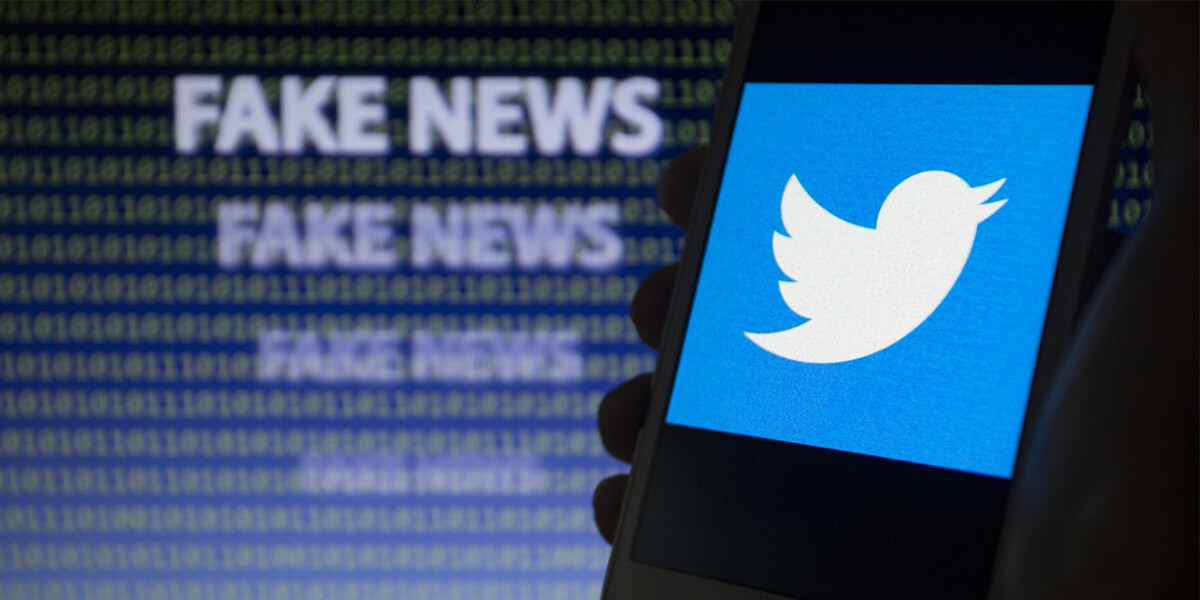
Most of the respondents strongly feel that manipulated content or media must be scrutinized and thoroughly monitored. Globally more than 70% Twitter users agreed upon taking firm action against misleading altered media. Nearly 9 out of 10 individuals suggested placing warning labels next to significantly altered content. People opposed to removal of fabricated media stated the impact on free expression and censorship. However, 90 % have supported Twitter in removal of content that is likely to cause certain types of harm. More than 75% respondents believe accounts sharing misleading media should either be suspended or people on Twitter having to delete their Tweet.
As per the new rule Twitter may label tweets containing synthetic and manipulated media to help people understand the media’s authenticity and to provide additional context. The following criteria shall be considered for labeling or removal of Tweets or media.
1. Are the media synthetic or manipulated?
In determining whether the media has been deceptively fabricated, some factors to be considered may include
- Whether the content has been substantially edited in a manner that fundamentally alters its composition, sequence, timing or framing;
- Any visual or auditory information (such as new video frames, overdubbed audio, or modified subtitles) that have been added or removed; and
- Whether media depicting a real person has been fabricated or simulated.
The context in which the media are shared could result in confusion or misunderstanding or might suggest a deliberate intent to deceive people about the nature or origin of the content, by falsely claiming that it depicts reality. Therefore, the context provided alongside media is assessed, for example:
- The text of the Tweet accompanying or within the media.
- Metadata associated with the media
- Websites linked in the profile of the person sharing the media, or in the Tweet sharing the media.
Tweets that share synthetic and manipulated media are subject to removal under Twitter’s new policy if they’re likely to cause harm, such as:
- Threats to the physical safety of a person or group
- Risk of mass violence or widespread civil unrest
- Threats to the privacy or ability of a person or group to freely express themselves or participate in civic events, such as: stalking or unwanted and obsessive attention; targeted content that includes tropes, epithets, or material that aims to silence someone; voter suppression or intimidation.
- Applying a label to the Tweet
- Showing warning to people before they Retweet or like the Tweet.
- Reducing visibility of the Tweet on Twitter or preventing it from being recommended;
- Providing additional explanations or clarifications, as available, such as a landing page with more contexts.
Besides there are other issues such as sharing of unauthentic media without cross checking the facts. For instance, misinformation on history, public figures or celebrities, false reporting of any crime incident based upon individual claims in the absence of any factual accuracy, etc. The Smartphone revolution has enabled every individual to have access to variety of content and express themselves on social media. However, lack of adequate knowledge on sensitive issues concerning constitution, judiciary, national security, gender crimes, socio-cultural beliefs and social media ethics often leads to sharing of hazardous content on various digital platforms.
The Indian government must adhere and adapt to the newly formed Twitter rules and regulations that aim towards safeguarding the people against synthetic and manipulated media. It is in the larger and long term interest of the Digital India campaign to ensure a safe and authentic social media experience to the users. India has witnessed a massive boom in digital media be it in politics, startups, journalism, advertising or even NGOs. Almost all government ministries have been allotted Twitter handles at par with countries like US and UK. In such a scenario where social media has unified the global community, it becomes evident for the world’s largest democracy to have a sound image in terms of social media usage.
Social media has become one of the most influential mediums of mass communication. Therefore, all the stakeholders inclusive of tech giants, governments, online activists and social media users must collectively work towards a condusive online atmosphere. Both the government as well as the opposition must raise the issue in parliament as well as undertake effective measures in order to create awareness regarding the new Twitter rules on synthetic and manipulated media. The Department of Telecommunications needs to work closely with Twitter India, for educating students, working professionals and laymen about online safety and fabricated content.
Twitter shall commence labeling Tweets with manipulated media from March 5, 2020 onwards.
